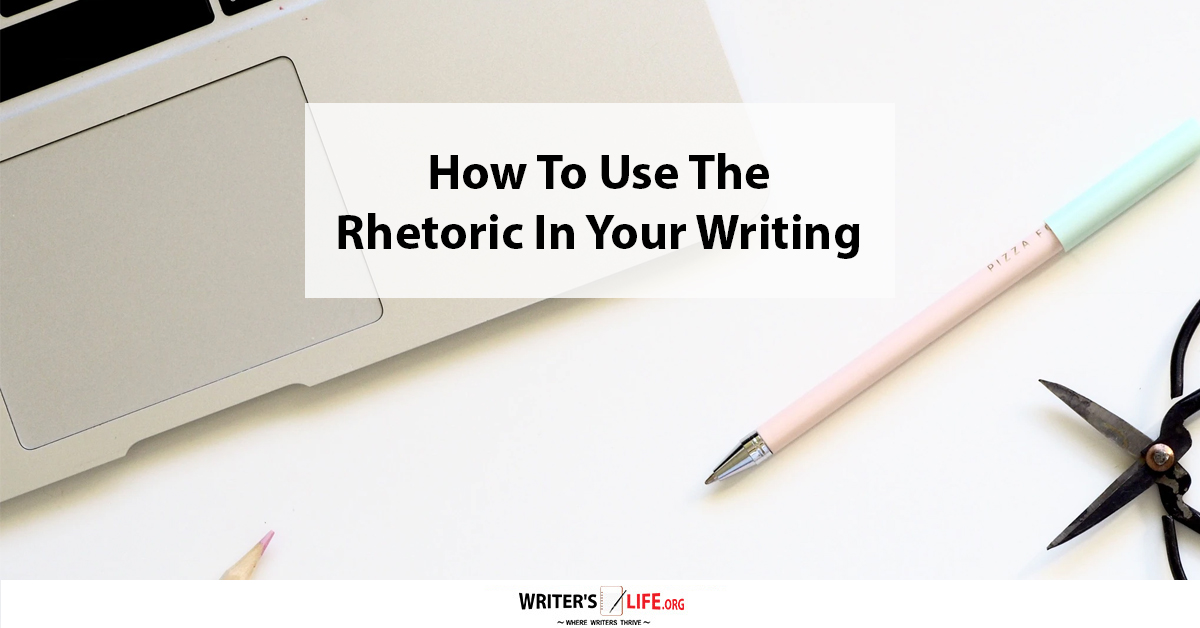- How To Tackle Jealousy In Creative Writing
- Common Submission Mistakes
- How To Stop Your Blog Becoming Boring
- The One Thing Every Successful Writer Has In Common
- How To Make Yourself Aware Of Publishing Scams
- Why Almost ALL Writers Make These Grammar Mistakes At Some Point
- 5 Tips For Authors On How To Deal With Rejection
- Top Mistakes to Avoid When Writing a Novel
- How to Avoid Common New Writer Mistakes
- 10 Mistakes New Fiction Writers Make
How To Use Rhetorical Devices In Your Writing

Rhetorical devices can be powerful, but aren't always straightforward to use.
Rhetorical devices are commonly used in sales pitches, by politicians, and in stories. They are a device to persuade someone. With politicians, it might be persuading someone to vote. With sales pitches, you are persuading someone to buy. When it comes to readers, however, you are persuading them to keep on reading.
Here are some different types of rhetorical devices and how they can be used in your work.
The Ancient Greeks were the first to identify and label the rhetoric. They split it into different categories, to seperate how they were designed to appeal to different cohorts of people:
Logos
— appeals to logic and reason. Here it would be the use of facts and statements that would persuade someone to take action.
Ethos
-appeals to ethics. Here it would be by appealing to someone's morality, their sense of what is right.
Karios
-appeals to time. Here is it by focusing on a particular time and using what is going on in this time to convince someone to take action or be persuaded of a specific belief.
Pathos
—appeals to a person's emotion — this includes encouraging sympathy, empathy, or even anger to motivate them.
From this, there is a whole realm of different devices within these categories. Let's take a look at some of them and how they might be used effectively when writing a novel.
ANACOLUTHON
Challenging a person's assumptions is a fantastic way to get them thinking and keep them interested, and this is what anacoluthon does.
APOSIOPESIS
Is where a writer might leave readers guessing or attempting to fill in the blanks by not finishing a sentence or train of thought. Don't overuse this one; otherwise, you make your readers work hard, but leaving them wondering what would come next can heighten anticipation and intrigue.
ASTERISMOS
This rhetorical device is about beginning a phrase with an attention-grabbing word or exclamation point. The only purpose is to make readers sit up and pay attention, but it can be quite useful if not overused.
ANADIPLOSIS
This is a way of convincing readers of some kind of logic by repeating the same word at the start of a new sentence that made the last work of the precessing one. An example from Star Wars would be:
Fear leads to anger. Anger leads to hate. Hate leads to suffering.
ZEUGMA
This device makes readers pay better attention as it is where the writer would create a list of items or words that wouldn't usually go together. This list follows a word or phrase that could be applied to each item on it but resulting in different meanings. For example, in Dicken's Pickwick Papers:
He carried a strobe light and the responsibility for the lives of his men.
The above examples are just a few examples of the art of rhetoric and how it can be used to capture the attention of your readers. Doing so will make your work more captivating, innovative, and enticing, so practice using the rhetoric, and your writing will improve because of it.
So now you know all about rhetorical devices, why not discover how to make your writing clearer, tighter and better?!
Get A Free Writer's Toolkit By Visiting https://www.writerslife.org/gid



























